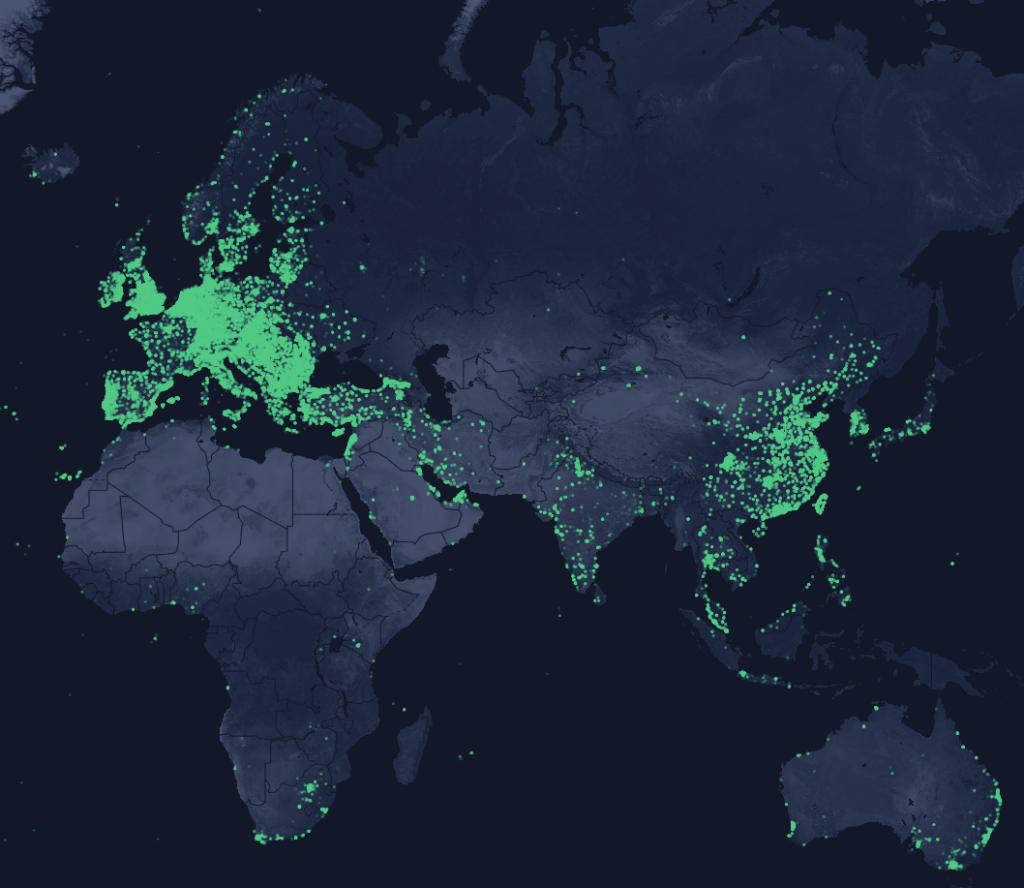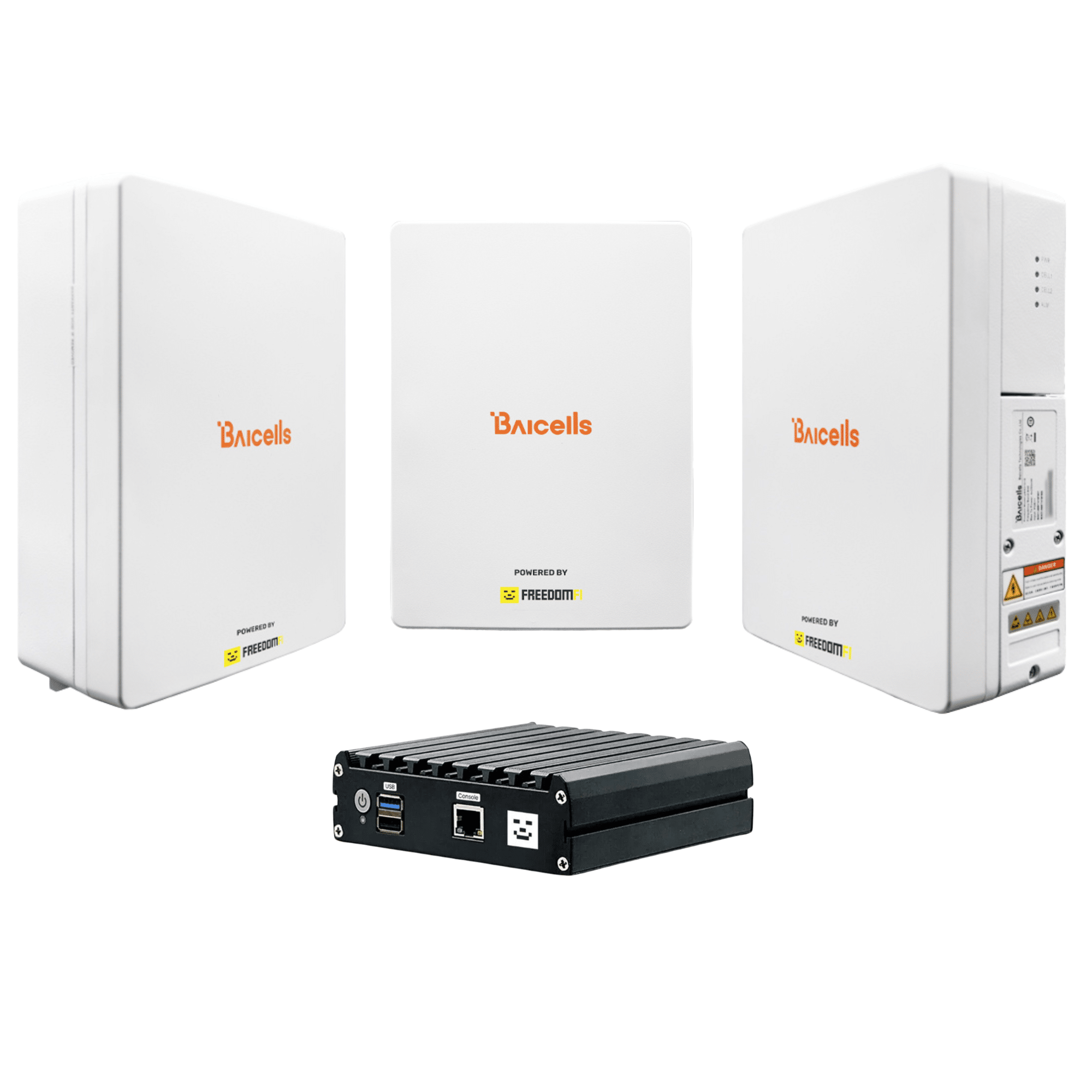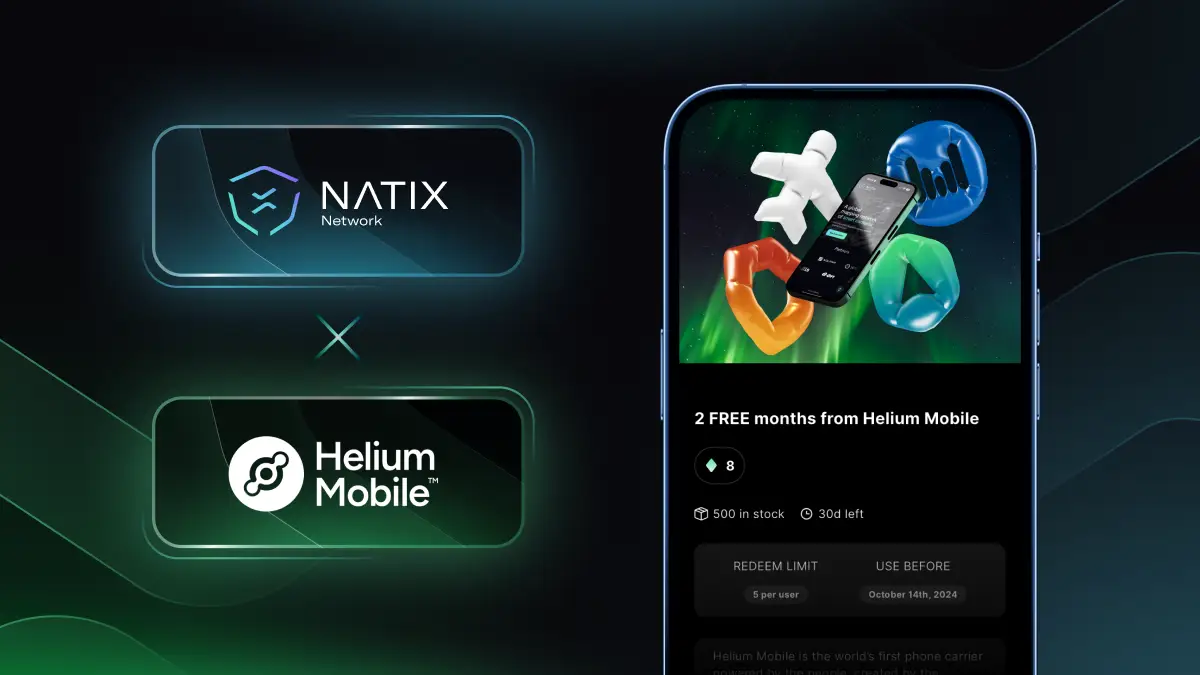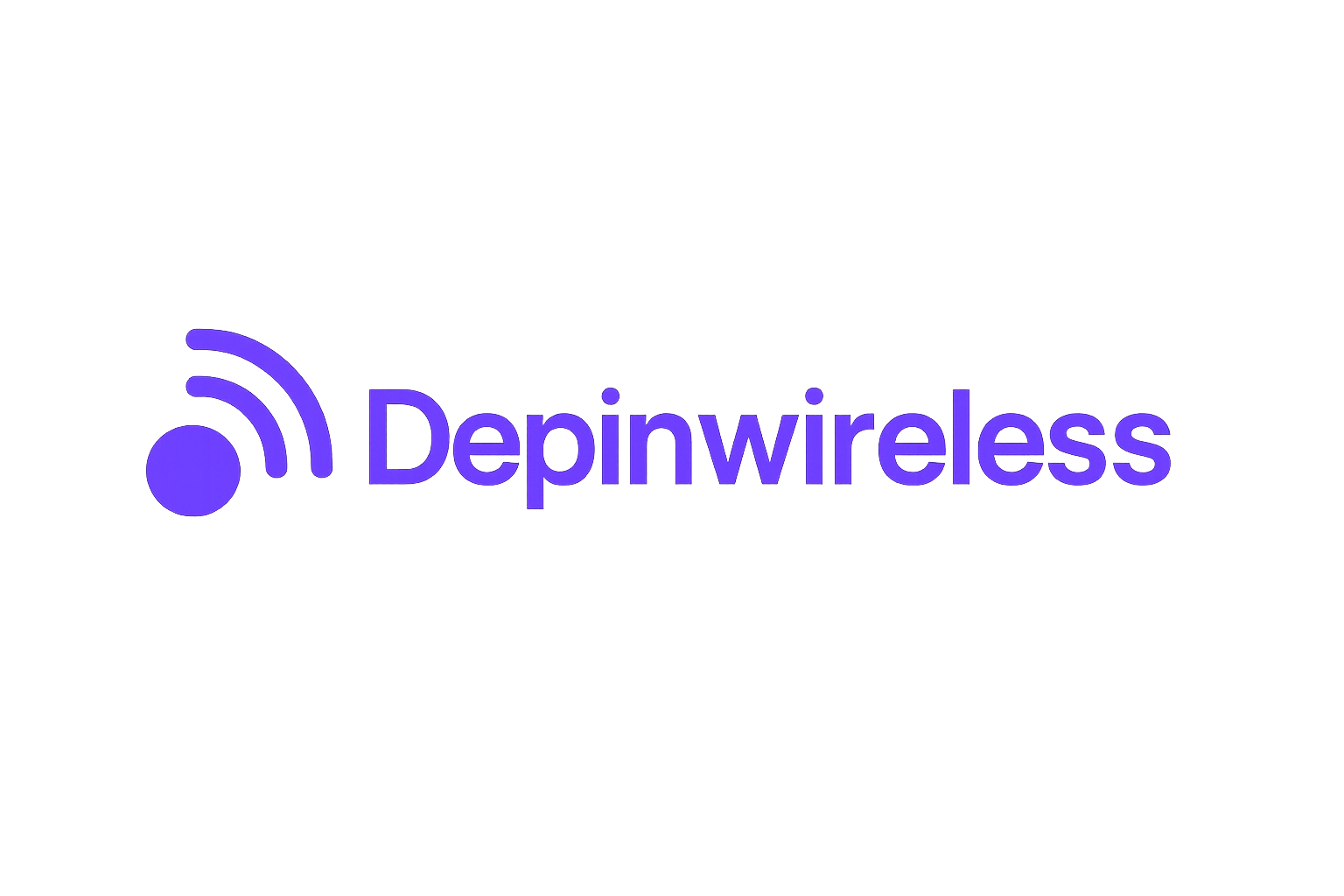
In the evolving landscape of wireless connectivity, Helium 5G hotspots have emerged as a disruptive force, enabling a new era of decentralized 5G networks. Unlike legacy telecom models that rely on centralized infrastructure and costly spectrum licenses, Helium’s approach empowers individuals and businesses to deploy their own compact, low-cost hotspots. This community-driven strategy is fundamentally reshaping how wireless coverage is built, owned, and maintained, unlocking crypto rewards for participants and accelerating 5G expansion in both urban and underserved areas.

Decentralized Wireless: Redefining Network Ownership
The core innovation behind Helium’s model lies in decentralized network ownership. Anyone can purchase and install a Helium Mobile Hotspot, instantly contributing local 5G coverage to the world’s largest decentralized wireless network. By leveraging blockchain technology, Helium coordinates these independent nodes into a cohesive system. Each hotspot operator is rewarded with Helium Network Tokens (HNT), currently priced at $1.95, providing direct financial incentives for expanding reliable coverage.
This model dramatically reduces operational overhead compared to traditional carriers, by as much as 80% according to recent data, since there are no expensive tower leases or exclusive spectrum auctions. Instead, the network grows organically through grassroots participation, democratizing access to both wireless service and the underlying economic upside.
Crypto Rewards: Incentivizing Network Growth
At the heart of this ecosystem are crypto rewards for wireless infrastructure. Every time a user connects to a Helium-powered hotspot or transfers data over the network, the operator earns HNT or MOBILE tokens depending on the type of coverage provided. The system uses blockchain-based mechanisms like Proof of Coverage (PoC) to validate each hotspot’s activity and distribute rewards fairly.
This has led to rapid adoption among both tech enthusiasts and small businesses seeking passive income streams from their internet connections. The current price of HNT remains at $1.95, reflecting steady demand for tokenized participation in this next-generation telecom paradigm.
The introduction of MOBILE tokens further incentivizes deployment of CBRS small cell radios for true 5G cellular coverage, opening up new opportunities for individuals who want to participate in mobile mining without requiring technical expertise or large capital outlays.
Seamless Integration With Major Carriers
A critical advantage of Helium’s decentralized model is its ability to integrate with established telecom operators. Strategic partnerships with giants like AT and T and T-Mobile ensure that users can transition smoothly between decentralized Helium hotspots and traditional carrier networks without service interruptions. International collaborations, such as Telefónica’s Movistar deploying hotspots in Mexico, demonstrate how this hybrid approach extends reliable coverage while offloading traffic from congested legacy systems.
This seamless interoperability not only enhances user experience but also validates the commercial viability of decentralized wireless infrastructure at scale. For deeper insight into how these integrations are transforming DePIN wireless networks, see this analysis.
A Foundation for IoT and Smart Cities
The versatility of Helium’s architecture extends beyond personal connectivity into enterprise-grade applications. By combining LoRaWAN for low-power IoT devices with high-throughput 5G radios, the network supports everything from environmental sensors to smart city asset tracking, all under a unified blockchain-secured protocol. This dual capability positions Helium as an ideal backbone for urban digital transformation initiatives.
Municipalities and private enterprises are already leveraging this hybrid network to enable real-time data collection, predictive maintenance, and secure device communication. As smart city projects scale, Helium 5G hotspots offer a cost-effective way to blanket dense urban areas and underserved communities with reliable wireless coverage. The result is a more resilient, adaptive infrastructure that supports both the sensor-driven future of IoT and the bandwidth-intensive needs of next-gen mobile applications.
Tokenomics and Market Dynamics: Helium HNT at $1.95
With HNT priced at $1.95, the economics of running a Helium 5G hotspot remain compelling for early adopters and established operators alike. The token’s value is intrinsically linked to network usage, demand for decentralized wireless access, and the ongoing expansion of the ecosystem. As more devices connect and data volume increases, so does the potential for hotspot operators to earn meaningful rewards, creating a positive feedback loop that fuels further growth.
Recent shifts in mining rewards have also sharpened incentives by aligning token distribution with network utility: LoRaWAN deployments now earn IOT tokens while 5G cellular coverage earns MOBILE tokens, all underpinned by HNT as the primary value anchor. This nuanced structure ensures that rewards are targeted where they drive real-world adoption and coverage improvements.
Challenges on the Road to Decentralized Coverage
Despite its momentum, Helium’s model still faces hurdles. Regulatory considerations around spectrum use, competition from legacy carriers, and technical challenges in dense urban environments all require ongoing innovation. However, Helium’s ability to integrate with major carriers, and its proven cost advantage over traditional infrastructure, positions it well to navigate these complexities as adoption accelerates.
The project’s open-source ethos invites continuous improvement from a global developer community. This collaborative approach not only strengthens network security but also spurs rapid evolution in device firmware, onboarding tools, and reward mechanisms, making it easier than ever for newcomers to participate in decentralized wireless mining.
Top Benefits of Deploying Helium 5G Hotspots
-

Earn Helium Network Tokens (HNT): Hotspot owners are rewarded with HNT for providing 5G coverage and transferring data. As of October 2025, HNT is trading at $1.95, offering a tangible incentive for participation.
-

Decentralized, Community-Owned Infrastructure: Helium’s model empowers individuals and businesses to build and own parts of the world’s largest decentralized wireless network, reducing reliance on traditional telecom giants.
-

Significant Cost Savings Over Legacy Networks: Deploying Helium 5G hotspots slashes operational costs by up to 80% compared to traditional telecom infrastructure, thanks to lower hardware and maintenance expenses.
-

Seamless Integration with Major Carriers: Partnerships with established carriers like AT&T, T-Mobile, and Movistar enable users to transition smoothly between Helium and conventional networks, ensuring uninterrupted connectivity.
-

Supports IoT and Smart City Applications: Helium 5G hotspots work alongside LoRaWAN technology, enabling robust support for IoT devices and powering smart city solutions such as environmental monitoring and asset tracking.
-

Expanding Coverage in Underserved Areas: By allowing anyone to deploy a hotspot, Helium rapidly extends 5G access to rural and underserved communities, bridging the digital divide.
The Next Frontier: Scaling Global Decentralized Wireless
Looking ahead, Helium’s blueprint for decentralized 5G networks is poised to scale internationally as new regulatory frameworks emerge and demand for affordable connectivity grows. Strategic partnerships with global telecoms signal a shift toward hybrid models where public participation augments carrier-grade infrastructure, a trend likely to define the next decade of digital transformation.
For investors and technology leaders alike, monitoring HNT’s price at $1.95 offers a real-time gauge of market sentiment around blockchain-powered wireless infrastructure. As adoption widens, from urban rooftops in North America to rural deployments abroad, the economic rationale behind crypto rewards wireless models will only strengthen.
This movement is not just about decentralizing connectivity; it’s about democratizing ownership of the world’s digital backbone. The community-led expansion of Helium 5G hotspots represents a rare convergence of financial incentive, technical innovation, and societal impact, a model that could redefine how we think about access in an increasingly connected era.
If you’re interested in how these principles extend into urban IoT deployments or want a deeper dive into smart city integrations, explore our detailed guide on Helium-powered urban IoT networks.





